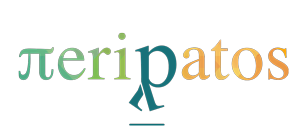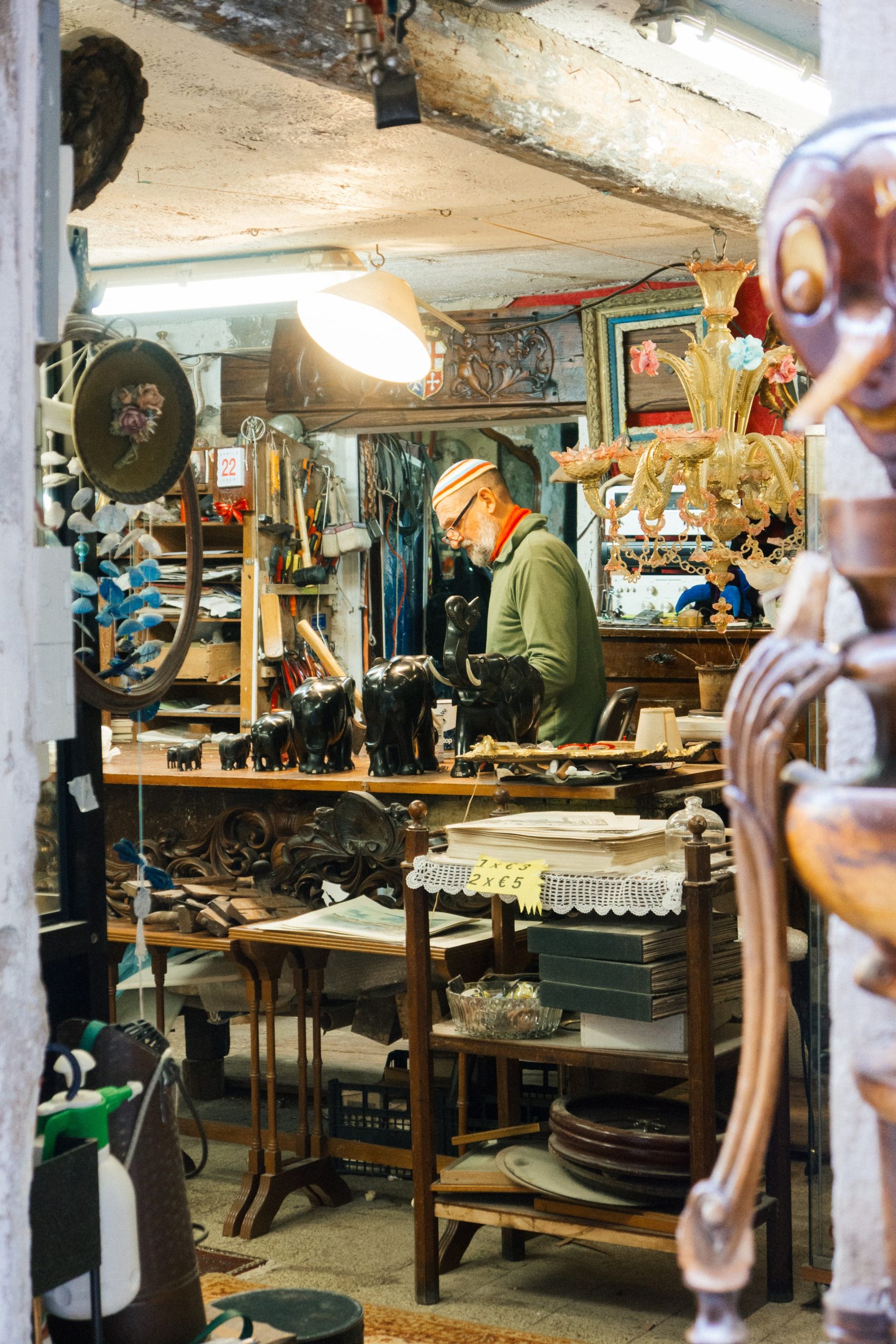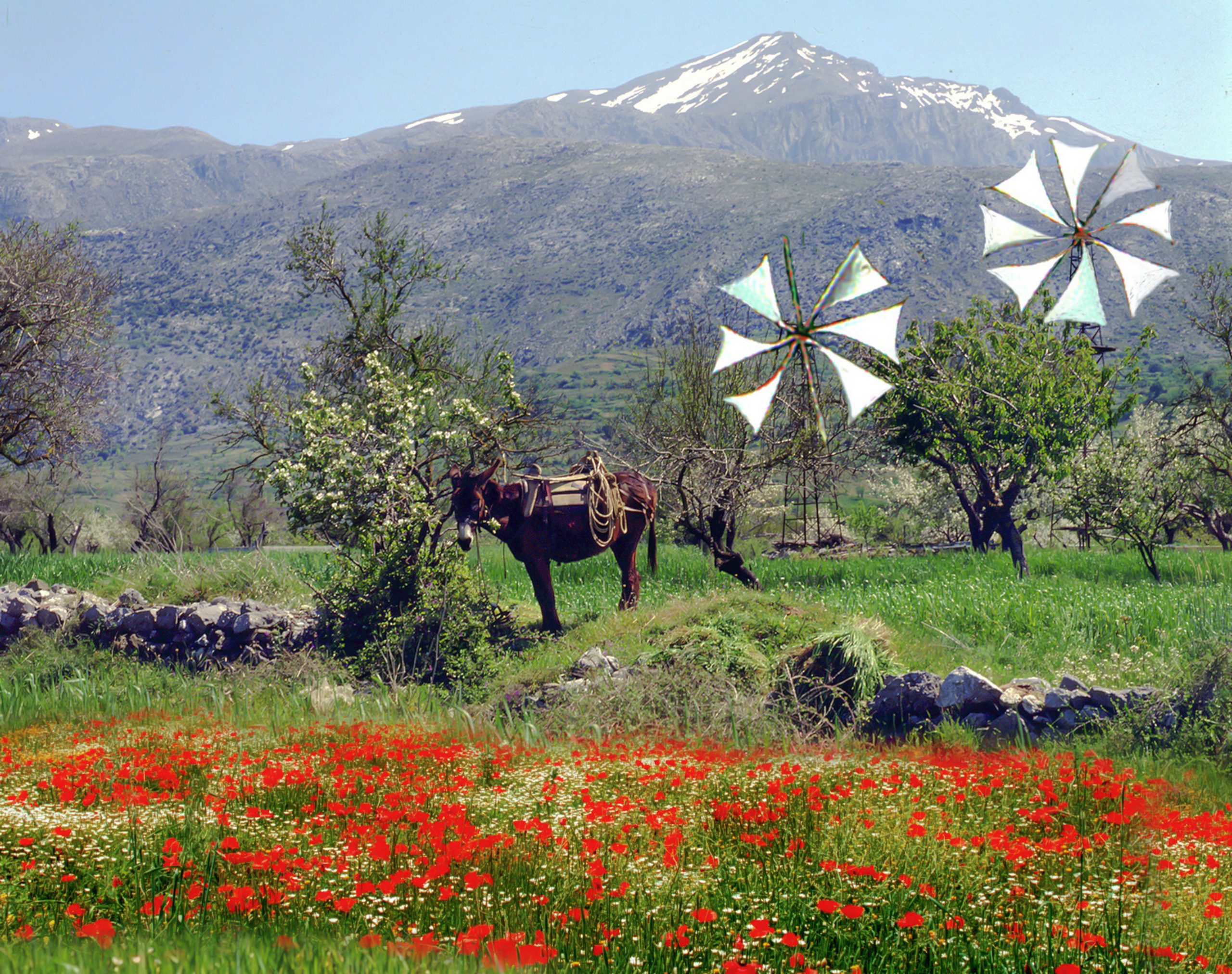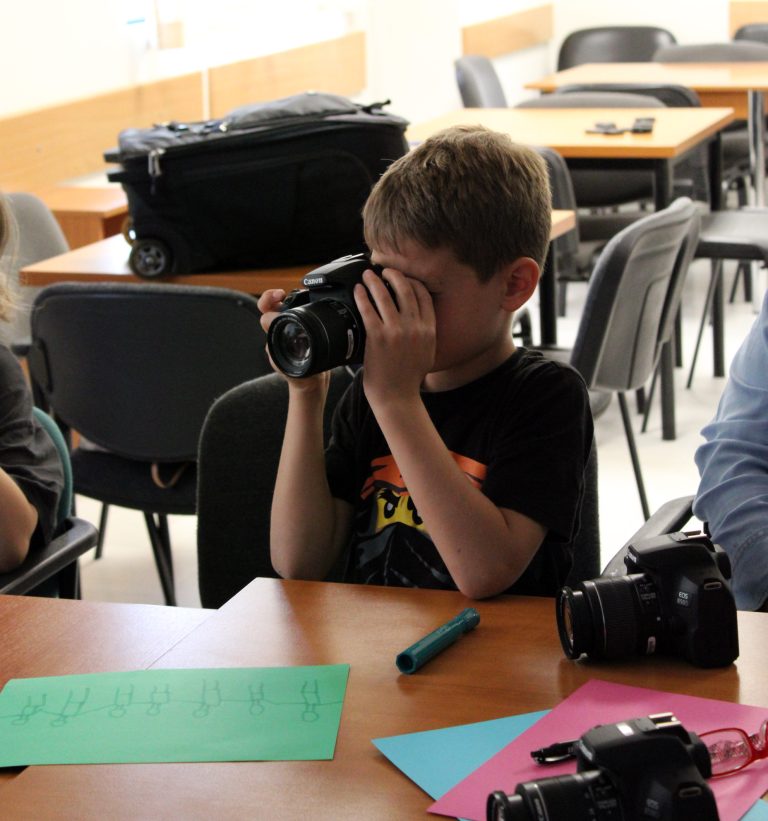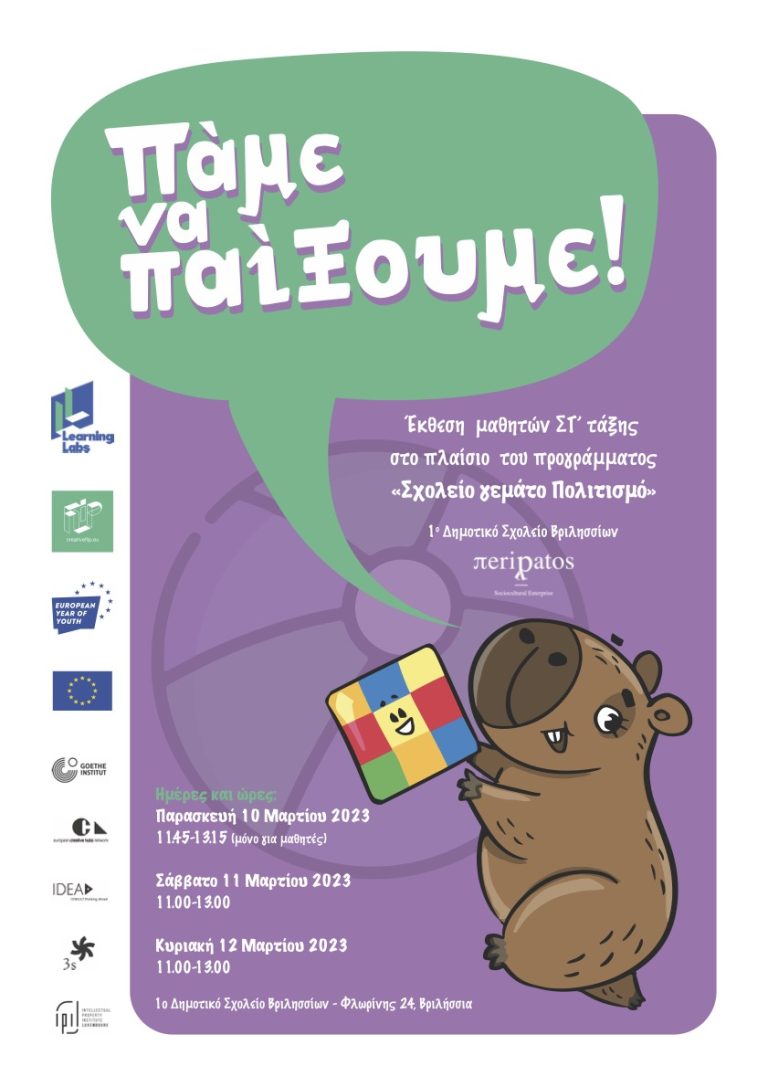Intangible cultural heritage is the traditions and the present-day artistic production that has its roots in the past. Think of the modern day production of textiles and the embroidery crafts based on practices, tools and inspiration from the past. Think of the festivals, the food, the dancing and the music, where the community works together to honour the local celebrations. Another example is the know-how of land cultivation or water management.
We all have a personal tradition inherited from our family or our community, this is intangible cultural heritage. It is important, because its value is equally personal and universal.
Although the traditional knowledge and practices are alive and passed down from generation to generation for centuries, the field of Cultural and Creative Industries has been approaching the intangible cultural heritage with renewed interest and modern methodologies just the last two decades. In Greece, since 2002, the term “intangible cultural assets” has been adopted to establish the preservation of the cultural heritage that until then was described as “traditional and modern popular culture”. The UNESCO Convention for the Safeguarding of Intangible Cultural Heritage (2003), which focuses on the communities behind the intangible cultural heritage, is a global milestone.
According the UNESCO Convention for the Safeguarding of Intangible Cultural Heritage (2003) the “intangible cultural heritage” means the practices, representations, expressions, knowledge, skills – as well as the instruments, objects, artefacts and cultural spaces associated therewith – that communities, groups and, in some cases, individuals recognize as part of their cultural heritage (art. 2 par. 1).
More specifically, the intangible cultural heritage is manifested inter alia in the following domains:
a) oral traditions and expressions, including language as a vehicle of the intangible cultural heritage;
b) performing arts;
c) social practices, rituals and festive events;
d) knowledge and practices concerning nature and the universe;
e) traditional craftsmanship.
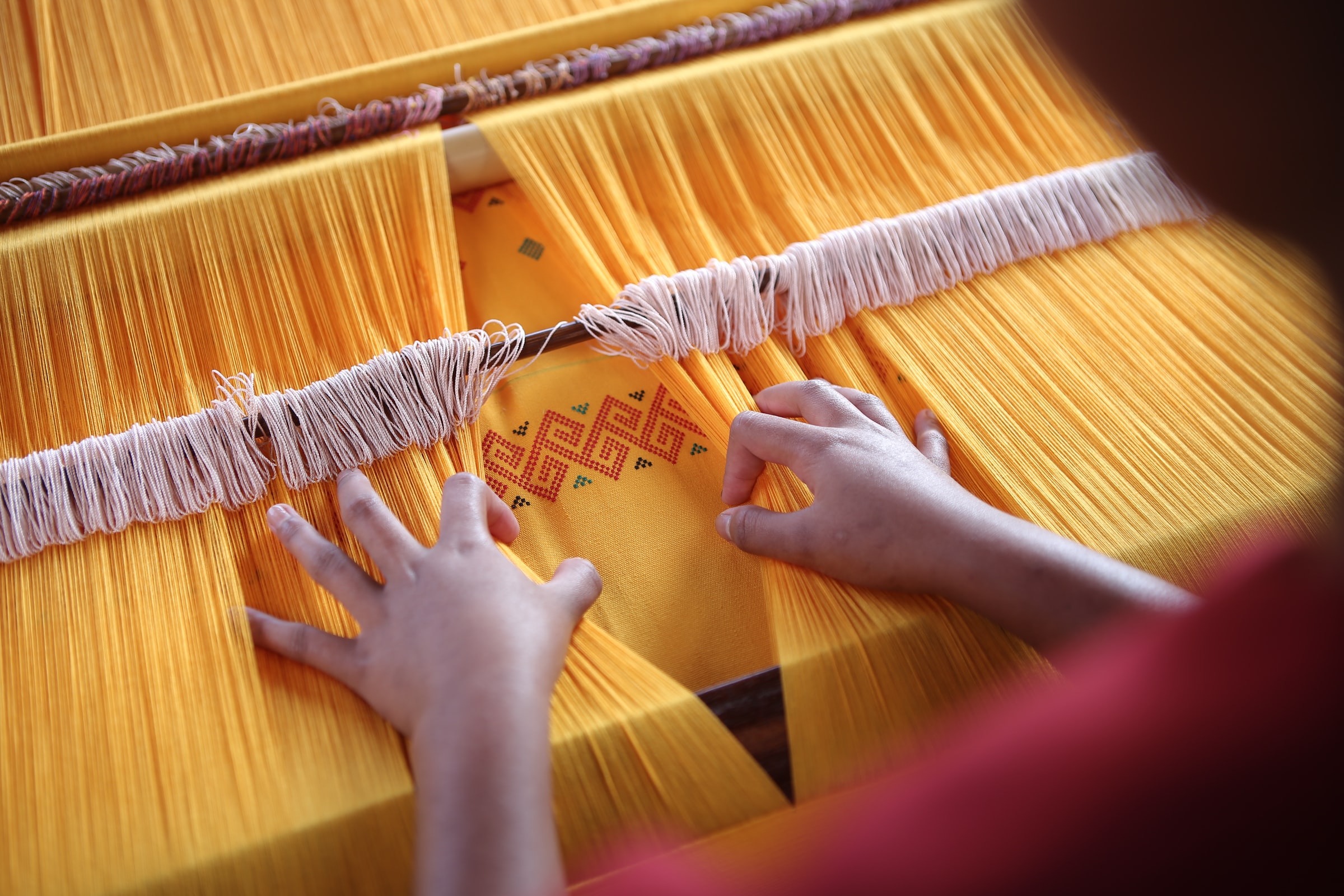
One of the most important aspects of the protection of intangible cultural heritage by UNESCO is to ensure its living character and to meet the needs of those who practice them now, contrary to the general perception that traditional arts are something old without application in modern times. Since the very beginning, we have applied this timeless approach to our projects.
With the MemoArt project (2015) we talked about diversity and multiculturalism with young people in Greece and Germany drawing similarities from the intangible practices of different places. Also, in the Conference on Intangible Cultural Heritage And Cultural Identity (2016), we discussed the relationship between the local community and its intangible cultural heritage.
This year we completed another of our projects on the subject of research and promotion of the intangible assets of a place.
According to Article 12 of the Convention for the Safeguarding of Intangible Cultural Heritage, each State Party must create one or more inventories of the intangible cultural heritage. The National Inventory of Intangible Cultural Heritage of Greece counts 55 unique inscriptions so far. In August 2020, the element entitled “Water Management Practices in the Lassithi Plateau of Crete. The know-how of the pumping windmills” was registered in the inventory based on the study we did for the Municipality of Lassithi Plateau. The Peripatos project team that collaborated in the study were Myrevi Nassiou, Vasiliki Papadopoulou and Evangelia Pelentridou.
The windmill of the Lassithi Plateau is a pioneer invention for its time as a means of pumping water in order to cultivate more efficiently. Already from the end of the 19th century, the people of Lassithi, utilising the special geomorphological characteristics of their place (subsoil, climate), invented a special mechanism, which with the force of the wind pumps the surface waters of the aquifer for the irrigation of arable land. The case of Lassithi windmills is unique, as only in this area this specific type is built and in such a wide range.
And we continue…
We are already working on our next project for the preservation and promotion of a different – very tasty – element of intangible cultural heritage and we will present it to you soon.
Photos by Daniel Robert and Aditya Wardhana on Unsplash and Municipality of Lassithi Plateau
